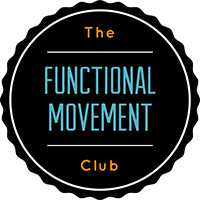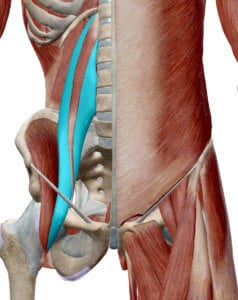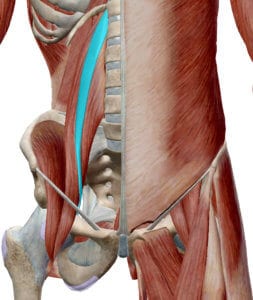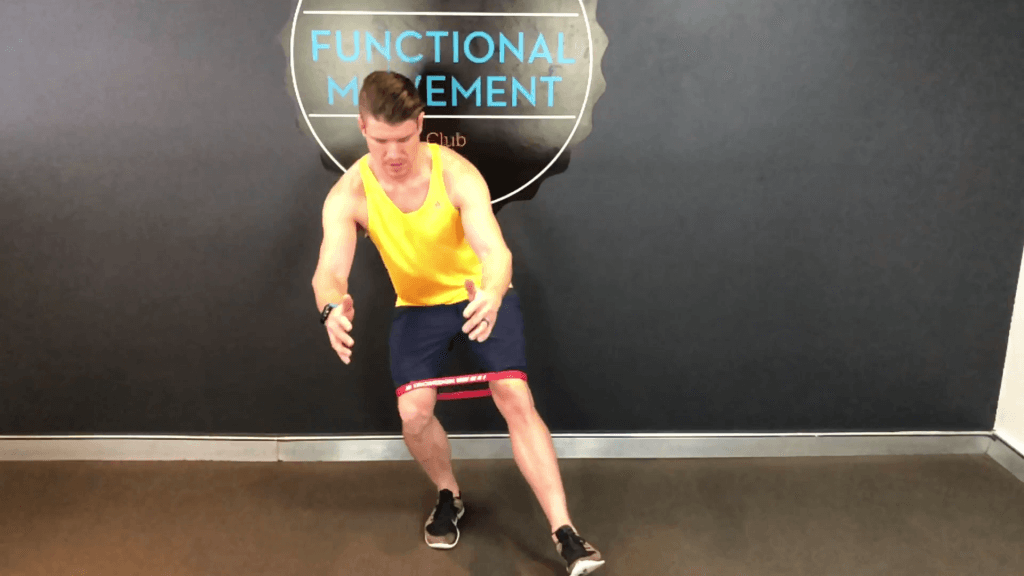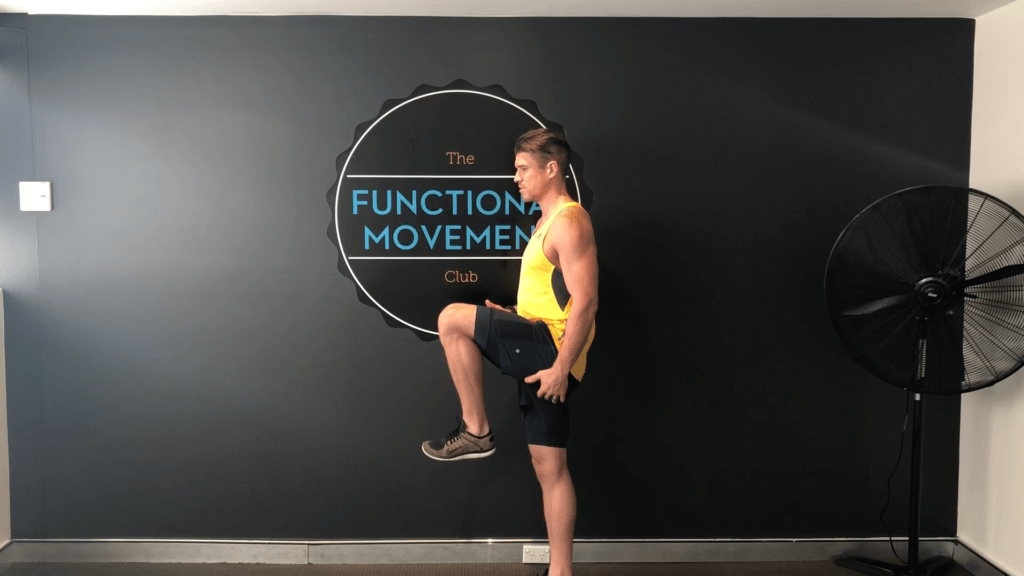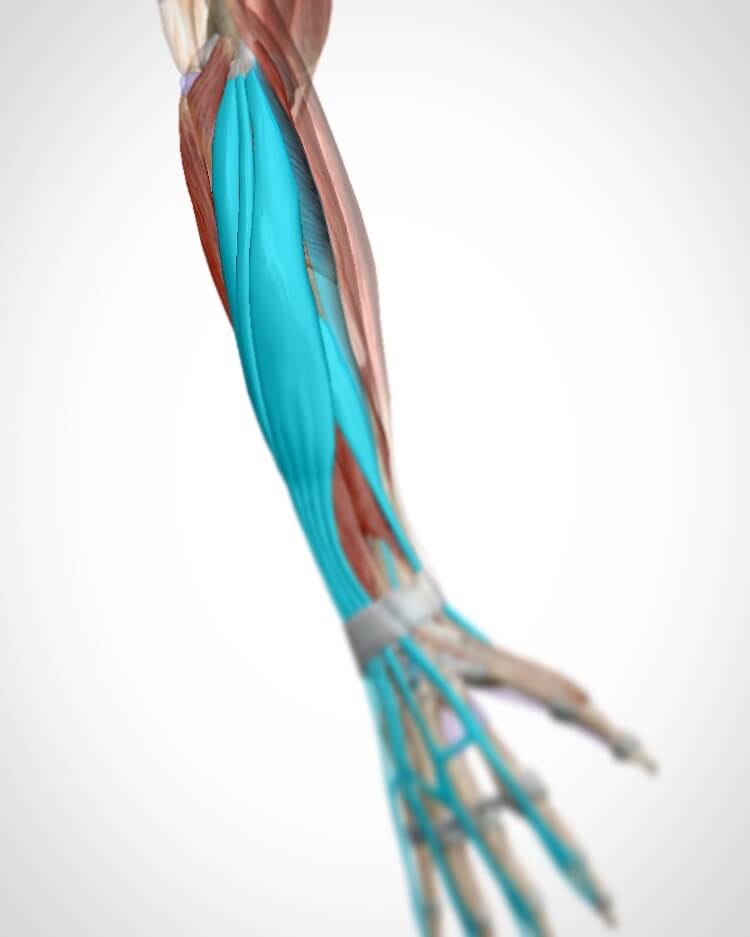Tight Hip Flexors: The Root of all Evil?
Tight Hip Flexors and Back Pain
Tight hip flexors can seem like they are holding you back in your lifts, but not the way you think. We all have “tight” hip flexors in this day and age. Partly because you spend all day sitting at a desk. Partly because you think a good core work out revolves around ab crunches, reverse crunches or GHD sit-ups. You have probably heard that tight hip flexors are causing back pain, but did you know they could also be causing your shoulder pain as well?
The Hip flexor generally refers 2 (or 3 muscles if your special), that blend together and form your hip flexor. The Psoas Major and Iliacus are the 2 mainstays and in approximately 40% of people the Psoas Minor is present.
PSST . . . Heres a FREEBIE I made for you
Hip Flexor Anatomy:
Psoas Major:
This muscle is deep to the abdominal contents
Origin Site: Bodies and transverse processes of the lumbar vertebrae
Insertion Site: Lesser trochanter
Action: At the coxal joint, it flexes, laterally rotates, and adducts the hip
Nerve Innervation: Lumbar plexus
Iliacus:
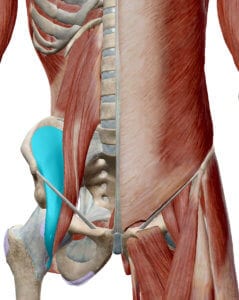
Origin Site: Iliac fossa
Insertion Site: Lesser trochanter
Action: Same as the psoas major
Nerve Innervation: Femoral
Psoas Minor:
Roughly 40% of the population has a psoas minor. Interestingly, the psoas minor is an important muscle of the locomotion in a dog or a cat, but in a human biped it is a relatively insignificant muscle.
Origin Site: Body and transverse processes of the 12th thoracic and first lumbar vertebrae along with the base of the ribcage.
Insertion Site: Superior ramus of the pubis
Action: Assist to create lordotic curve in the lumbar spine and tilt the pelvis posteriorly
Nerve Innervation: Ventral rami of the lumbar
Tight Hip Flexors and Shoulder Pain:
The attachment points of the psoas major help provide stability lumbar spine, when it becomes chronically short or tight, they can increase Lumbar lordosis (curve in your lower back), this places extra load through the facet joints (bony parts of spine connecting inferior segment to superior segment) and results in lower back pain.
The psoas minor when it becomes chronically tight or short pulls down on your rib cages and lower thoracic vertebra, limiting its ability to extend fully, and if you have read any of my past blogs you will realize how limiting thoracic extension can have a large impact on shoulder mobility and pain. If you have not I suggest you check them out in our blog section.
How To Release Tight Hip Flexors:
If you have niggling shoulder issues and have been smashing thoracic extension drills but find that the next day you wake up stiff again, check out the video above to show an effective way of releasing the hip flexors, and think of the anatomy to ensure you are hitting all the major spots.
- Start off laying on your stomach, with the ball next to belly button
- Slowly lift the leg of the side to be released up off the ground, pause
- slowly lower the leg back to the ground.
repeat movements all the way up to the rib cage and all the way down to the inside of the hip. Check thoracic extension and shoulder mobility again and take note as to whether a longer period of relief is felt then previous exercises.
If you aren’t testing and retesting your exercise, how do you know if they are working or just wasting your time?
Don’t forget to keep up with all my latest by liking my Facebook, and Following us on Insta
